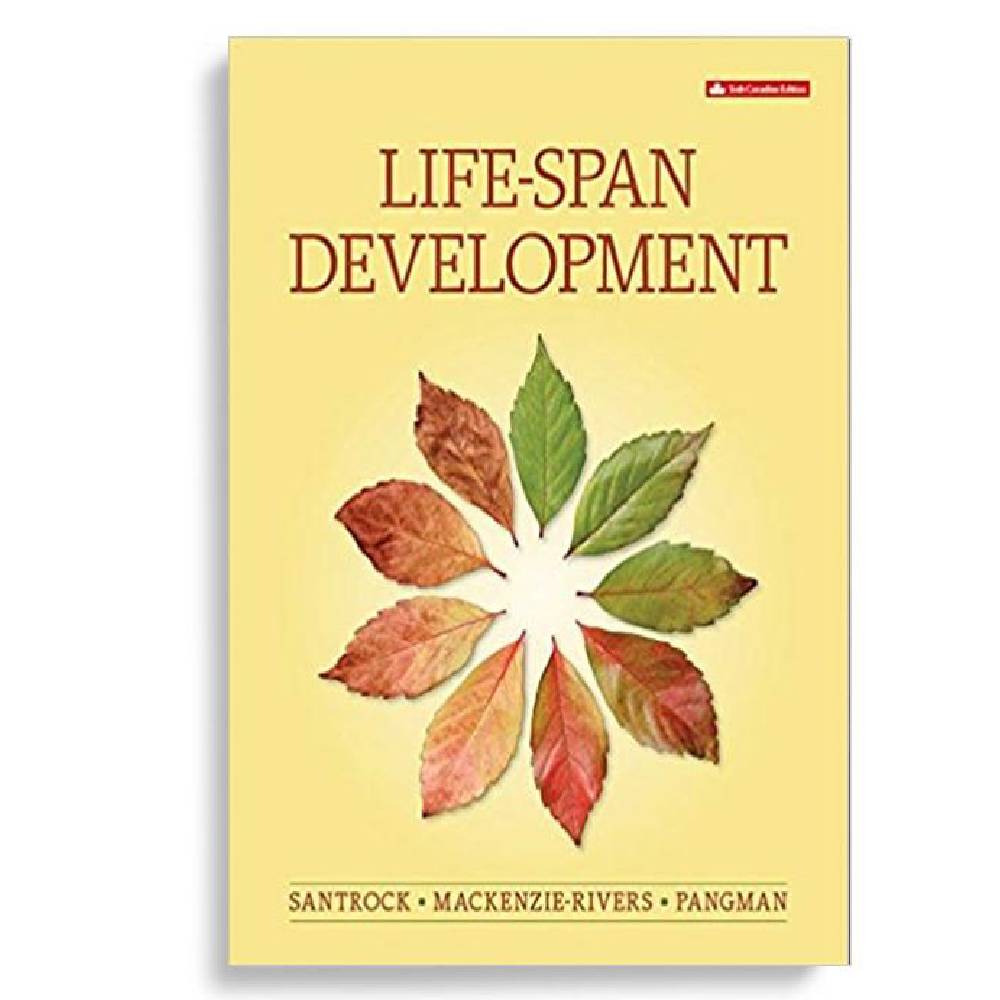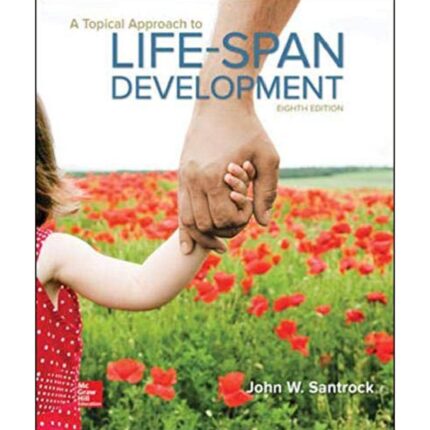Short Answer Questions
113. Adolescence can be referred to as a period of “firsts”. Discuss the meaning of firsts and list a few of the “firsts” experienced by adolescence unlike childhood.
Adolescence is a period of “firsts”. Instead of first steps and first words, teenagers often experience their first dance, first wet dream, first unchaperoned party, and first menstrual period.
114. For both girls and boys, identify three physical changes that take place during puberty.
Girls: (1) first menstruation; (2) increase in hormone estradiol; (3) widening of the hips; (4) breast development; (5) uterine development; and (6) skeletal development. Boys: (1) increase in height; (2) change in size; (3) development of genitals; (4) increase in hormone testosterone; and (5) facial hair.
115. Discuss the three structural changes that the adolescent brain experiences.
Thickening of the corpus callosum; slow development of the prefrontal cortex; increase in the volume of the amygdala.
116. Researchers from four Canadian universities surveyed grade 7, 9, and 11 students from each province. What were the findings that they observed regarding HIV/AIDS?
All students were significantly more likely to believe that they could protect themselves adequately from HIV/AIDS.
117. Define sexual identity.
Sexual identity can be broadly defined as the recognition, acceptance, and expression of numerous aspects of one’s sexuality and that includes individual sexual values, behaviours, and desires, as well as sexual orientation.
118. List three sexually transmitted infections that teens are at risk of contracting if they engage in unprotected sex.
STDs: (1) HIV; (2) chlamydia; (3) gonorrhea.
119. According to the Canadian Paediatric Society (2016), list 3 characteristics of teens who would be most at risk regarding pregnancy.
(1) Teens who are experiencing family problems; (2) teens who were born to adolescent mothers; (3) teens who undergo early puberty; (4) teens who have been sexually abused; (5) teens who have frequent absenteeism and/or lack vocational goals; (6) teens who have siblings who were pregnant during adolescence; (7) teens who use alcohol, drugs, and tobacco; (8) teens who live in group homes, detention centres, or on the street.
120. Discuss adolescent sleep patterns and how changes in the environment might help.
There has been a number of research studies on adolescent sleep patterns. Findings from these studies have shown that adolescents will sleep an average of 9 hours and 25 minutes a night. On an alarming note, most adolescents will only sleep 6 to 7 hours a night, considerably less than the recommended 9 to 10 hours. This shortfall creates a sleep deficit, which adolescents often attempt to make up for on the weekend. Along with this, the adolescents’ biological clocks, influencing their circadian rhythm, undergo a shift, delaying their period of wakefulness by about 1 to 2 hours. A delay in the nightly release of melatonin (the sleep-inducing hormone) seems to underlie this shift. Melatonin is secreted at about 9:30 p.m. in younger adolescents and approximately an hour later in older adolescents (Carskadon, 2004, 2005, 2006). Early school times may be a cause of grogginess, inattention in class, and poor test performance. Many Canadian schools are reviewing Carskadon’s belief that early start times are likely to be more stressful for older than for younger adolescents.
121. Who is most likely to suffer from an eating disorder and what characterizes the eating disorder anorexia nervosa?
White, adolescent, or young adult females have much higher rates of suffering from eating disorders. Anorexia nervosa is characterized by the relentless pursuit of thinness through starvation.
122. What are “club drugs”? Give two examples.
They are drugs that are popular at nightclubs and all-night dance parties called “raves”. The main club drugs are ecstasy and Rohypnol.
123. What reasons were given for the higher rate of depression among adolescent girls?
(a) Females tend to internalize emotions; (b) females tend to ruminate in their depressed mood and amplify it; (c) females’ self-images, especially their body images, are more negative than those of males; and (d) females face more discrimination than do males.
124. Describe the effect cyberbullying has on suicide.
Among adolescents, cyber-bullying has become an increased reality. Research indicates that these youth who have been bullied are at a higher risk, notably not only for suicide ideation and thoughts, but for suicide attempts and completed suicide (Centre for Suicide Prevention, 2012).
- Identify three ways in which formal operational thought differs from concrete operational thought.
Formal operational thought: (1) is more abstract and not limited to actual concrete experience; (2) is more idealistic in that it focuses on ideal characteristics and standards for comparison with others; and, (3) incurs a logical systematic thinking when problem solving.













Reviews
There are no reviews yet.